Charis Wilson
The model who inspired Edward Weston
Charis Wilson
1914–2009
When renowned photographer Edward Weston met 19-year-old Charis Wilson in 1934, he fell for what he called her “finely proportioned body, intelligent face,” and “golden brown hair to shoulders.” Within weeks, she was posing for him, and they were eventually married. As Weston’s model, muse, and wife, Wilson was the subject of many of his best-known nude portraits and supported his work in many other ways as well.
The Week
Escape your echo chamber. Get the facts behind the news, plus analysis from multiple perspectives.

Sign up for The Week's Free Newsletters
From our morning news briefing to a weekly Good News Newsletter, get the best of The Week delivered directly to your inbox.
From our morning news briefing to a weekly Good News Newsletter, get the best of The Week delivered directly to your inbox.
Helen Charis Wilson’s father was Harry Leon Wilson, who wrote the humorous Western novel Ruggles of Red Gap, said The Washington Post. Early on, “she dropped her first name and went by Charis,” the Greek word for “grace.” When her father said he couldn’t afford to send her to Sarah Lawrence College, she left Portland, Ore., and moved to San Francisco, where she “led a bohemian life before meeting Weston.” He was 28 years her senior, and married with four sons. But Wilson soon became his lover and proved integral to his life and art. Besides posing, she “wrote much of the application that won Weston a Guggenheim fellowship in 1937, the first awarded to a photographer.” After Weston divorced his wife and married Wilson in 1939, “she wrote many of the essays that bore Weston’s name.”
“Wilson’s entry into Weston’s life led to a change in his formalist style,” said the Los Angeles Times. Known for his sharp focus and vivid contrasts, he had previously cultivated a carefully posed aesthetic, often emphasizing close-ups of body parts. But shooting the “uninhibited” Wilson freed him up. “Photographs of her rolling down a sand dune (Dunes, Oceano, 1936)” and “floating in a swimming pool in Carmel (Floating Nude, 1939) are unlike nudes Weston had been known for.” For most of their relationship, Weston emphasized her beauty. “That changed toward the end of their 11 years together. In Civilian Defense of 1942, Wilson reclines on a couch, wearing only a gas mask.” She later wrote that she and Weston had lost “that strong bond of love and understanding that keeps daily life from turning stale and deadly.”
In 1946, one day after her divorce from Weston was finalized, Wilson married Noel Harris, a labor activist. For decades she taught writing, did secretarial work, and wrote and spoke about Weston, who died in 1958. She is survived by her daughter, Rachel.
A free daily email with the biggest news stories of the day – and the best features from TheWeek.com
-
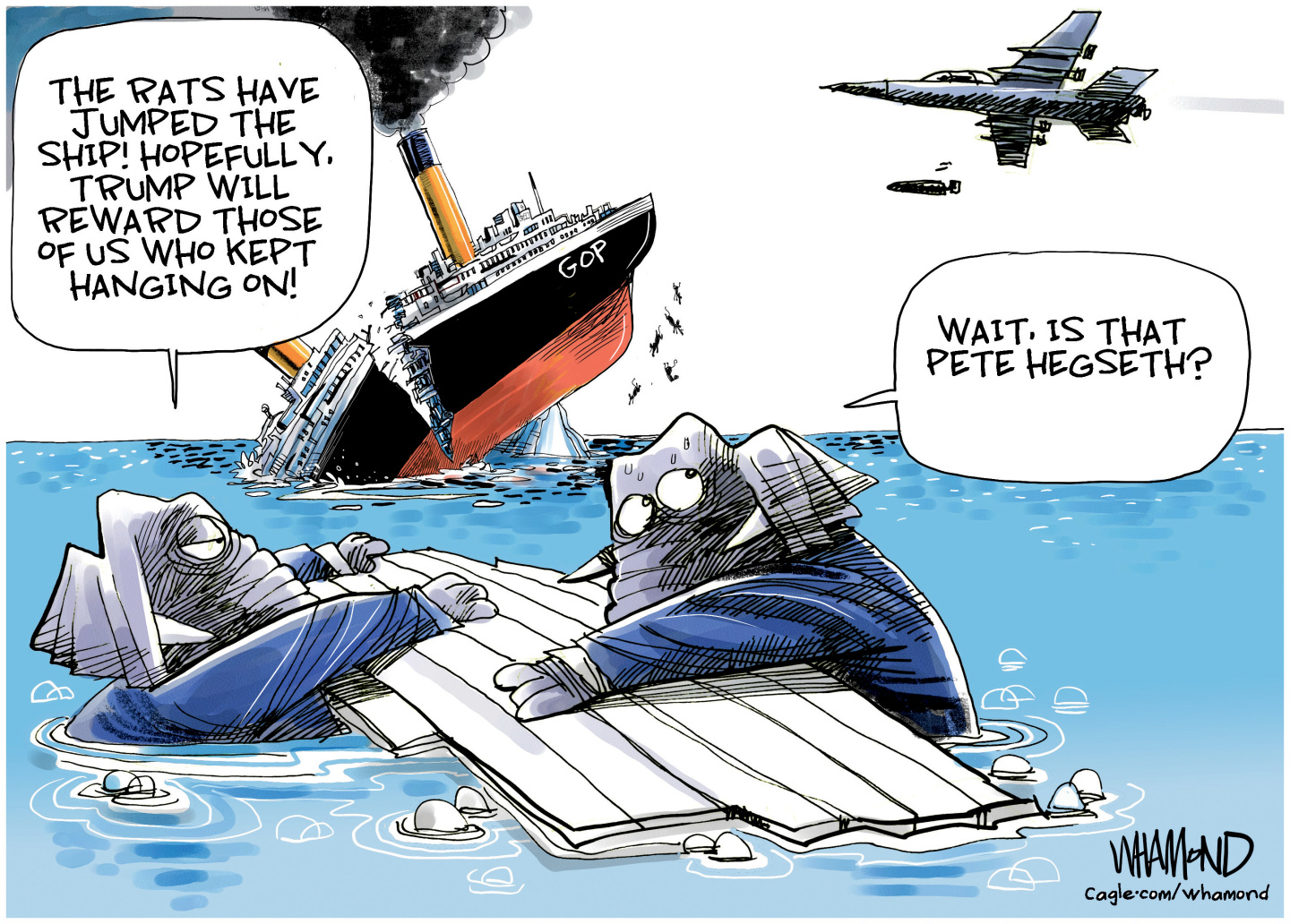 Political cartoons for December 20
Political cartoons for December 20Cartoons Saturday’s political cartoons include drowning rats, the ACA, and more
-
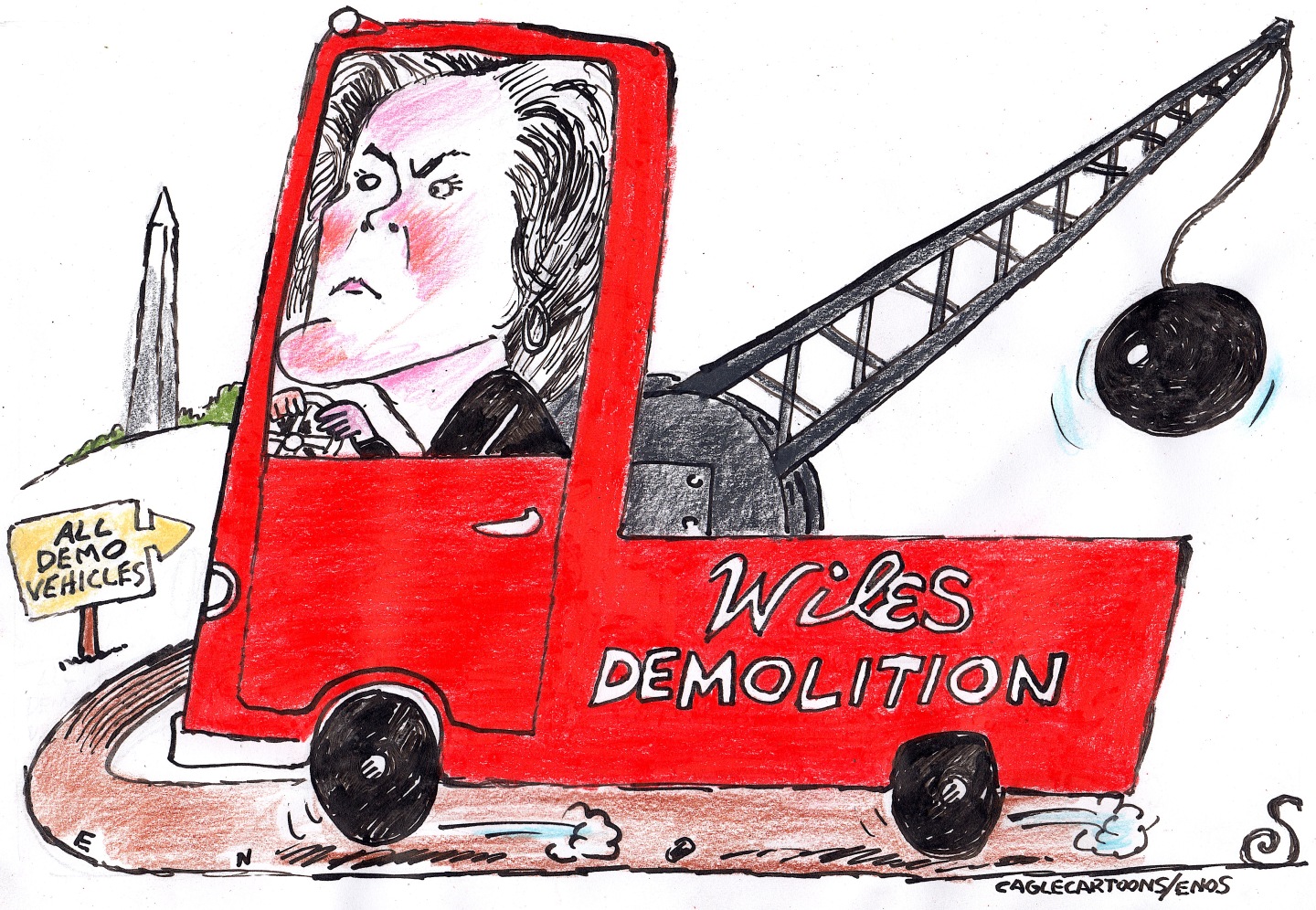 5 fairly vain cartoons about Vanity Fair’s interviews with Susie Wiles
5 fairly vain cartoons about Vanity Fair’s interviews with Susie WilesCartoon Artists take on demolition derby, alcoholic personality, and more
-
 Joanna Trollope: novelist who had a No. 1 bestseller with The Rector’s Wife
Joanna Trollope: novelist who had a No. 1 bestseller with The Rector’s WifeIn the Spotlight Trollope found fame with intelligent novels about the dramas and dilemmas of modern women
-
 Joanna Trollope: novelist who had a No. 1 bestseller with The Rector’s Wife
Joanna Trollope: novelist who had a No. 1 bestseller with The Rector’s WifeIn the Spotlight Trollope found fame with intelligent novels about the dramas and dilemmas of modern women
-
 Frank Gehry: the architect who made buildings flow like water
Frank Gehry: the architect who made buildings flow like waterFeature The revered building master died at the age of 96
-
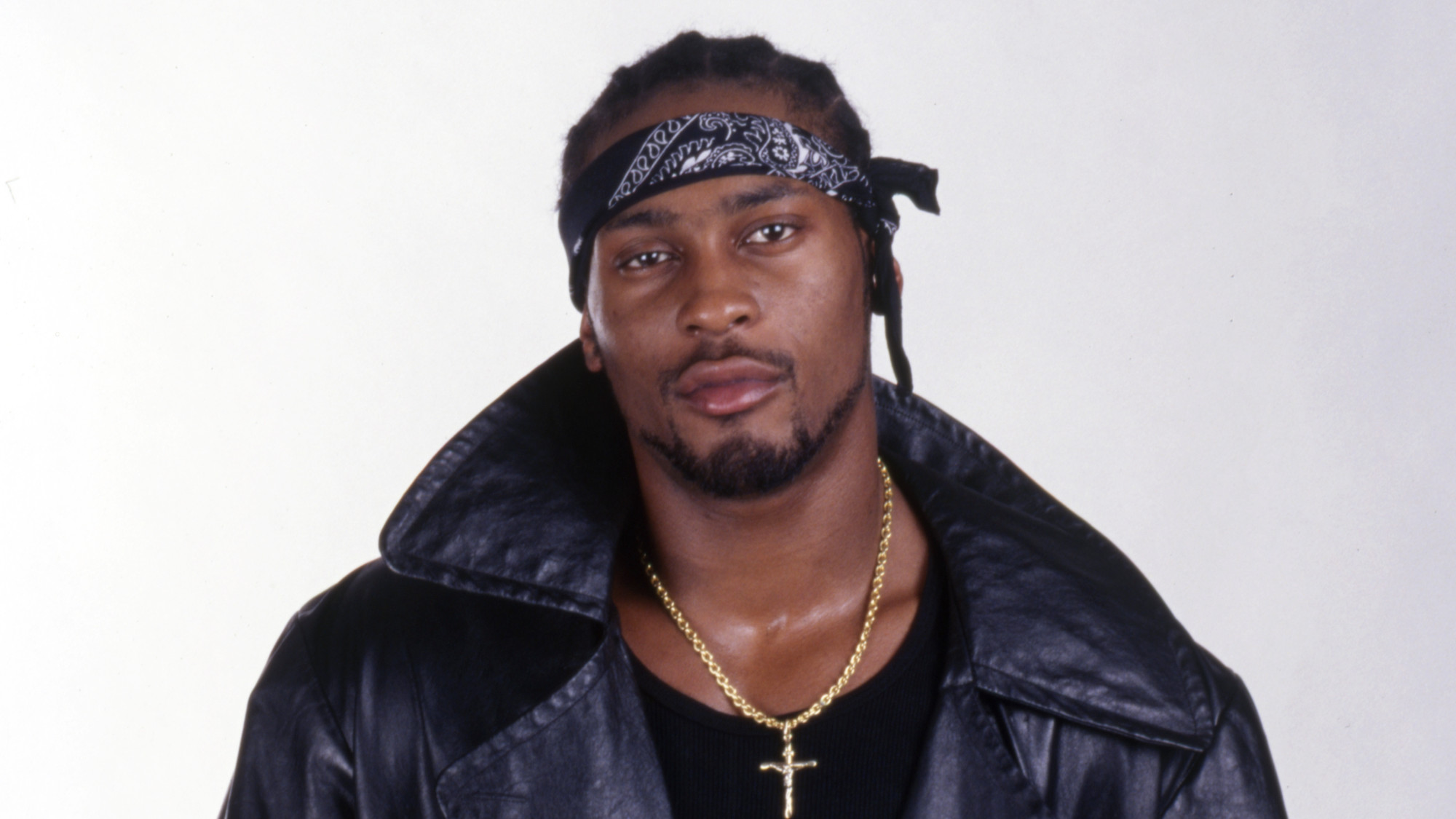 R&B singer D’Angelo
R&B singer D’AngeloFeature A reclusive visionary who transformed the genre
-
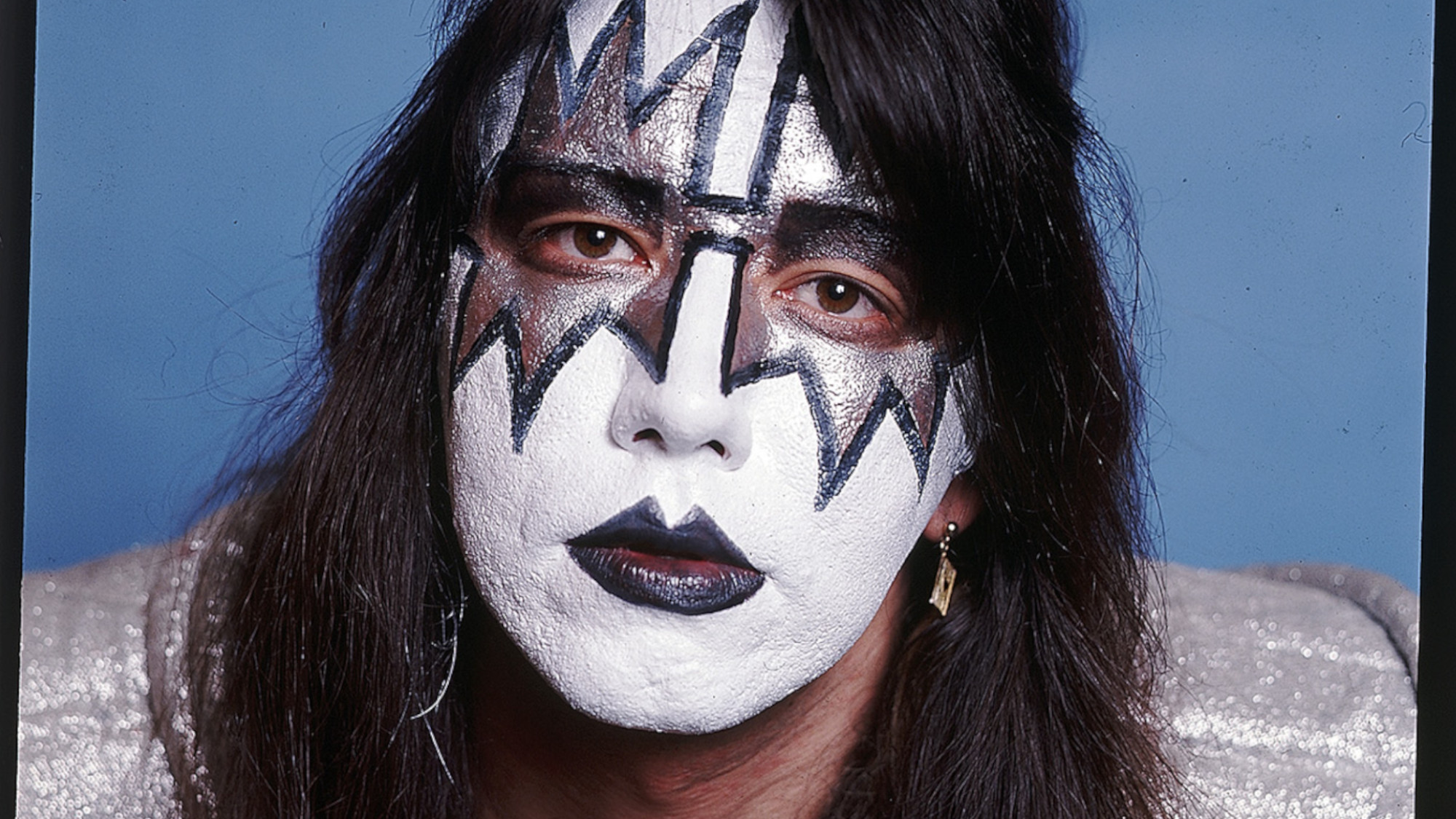 Kiss guitarist Ace Frehley
Kiss guitarist Ace FrehleyFeature The rocker who shot fireworks from his guitar
-
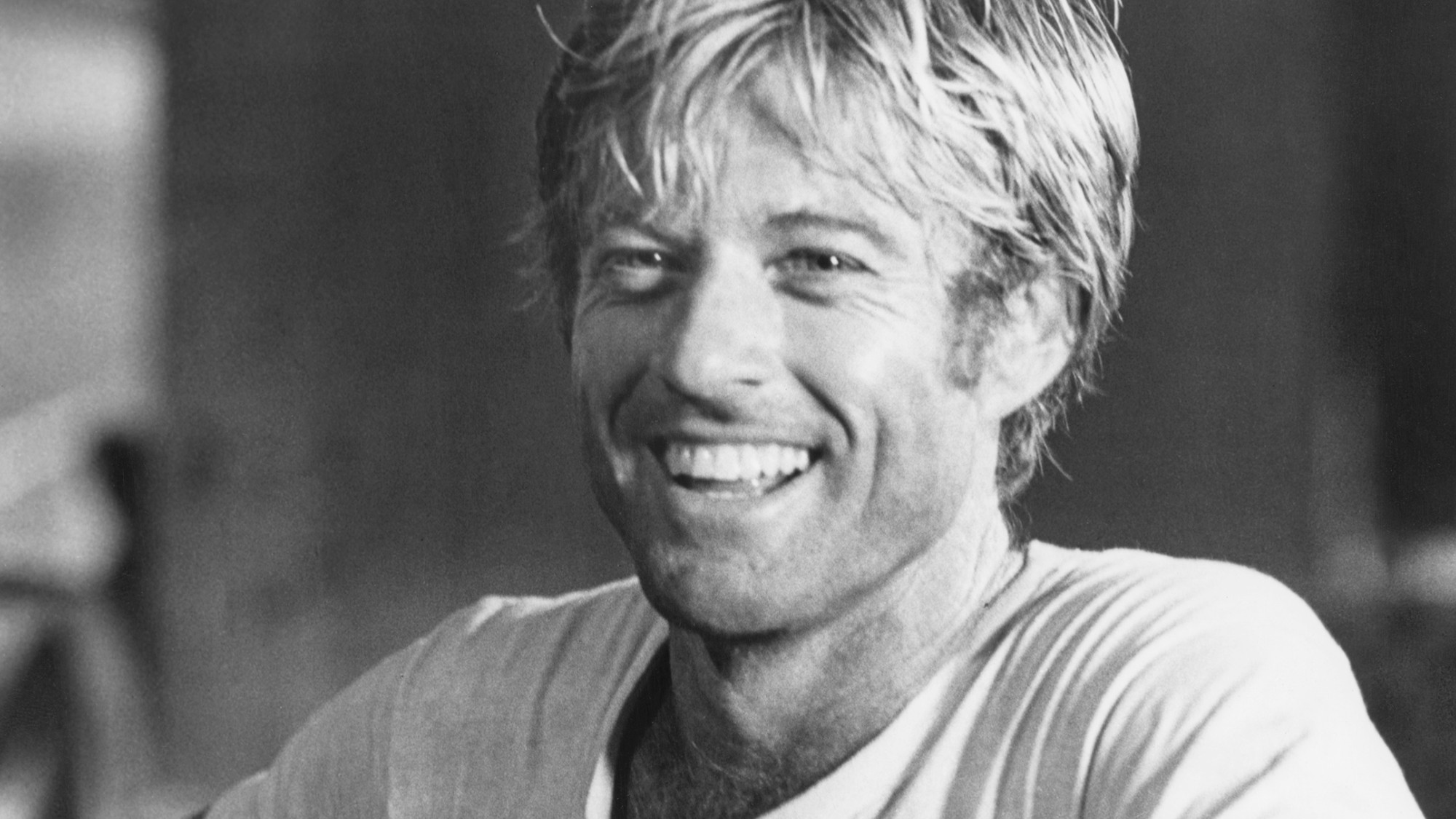 Robert Redford: the Hollywood icon who founded the Sundance Film Festival
Robert Redford: the Hollywood icon who founded the Sundance Film FestivalFeature Redford’s most lasting influence may have been as the man who ‘invigorated American independent cinema’ through Sundance
-
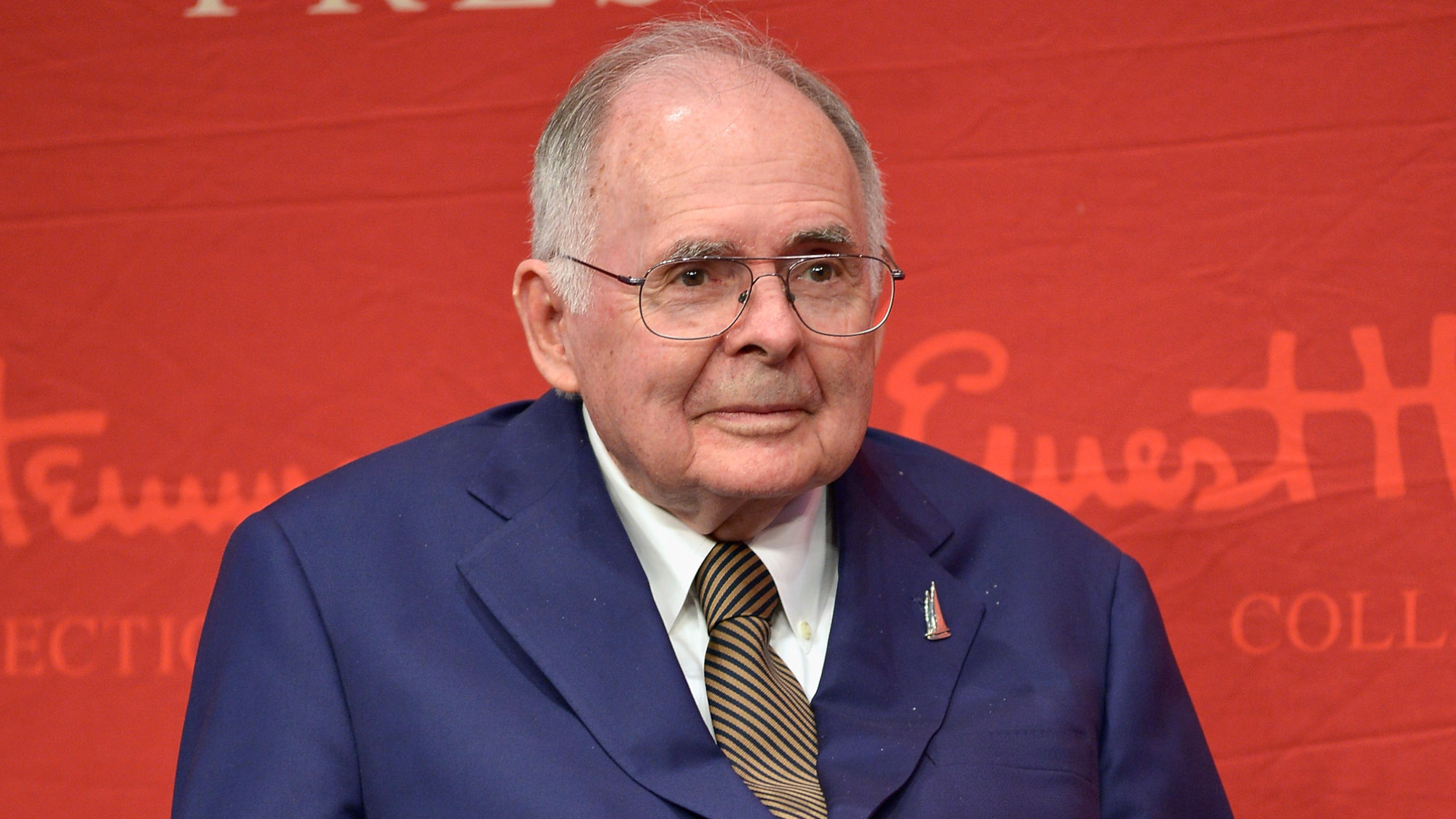 Patrick Hemingway: The Hemingway son who tended to his father’s legacy
Patrick Hemingway: The Hemingway son who tended to his father’s legacyFeature He was comfortable in the shadow of his famous father, Ernest Hemingway
-
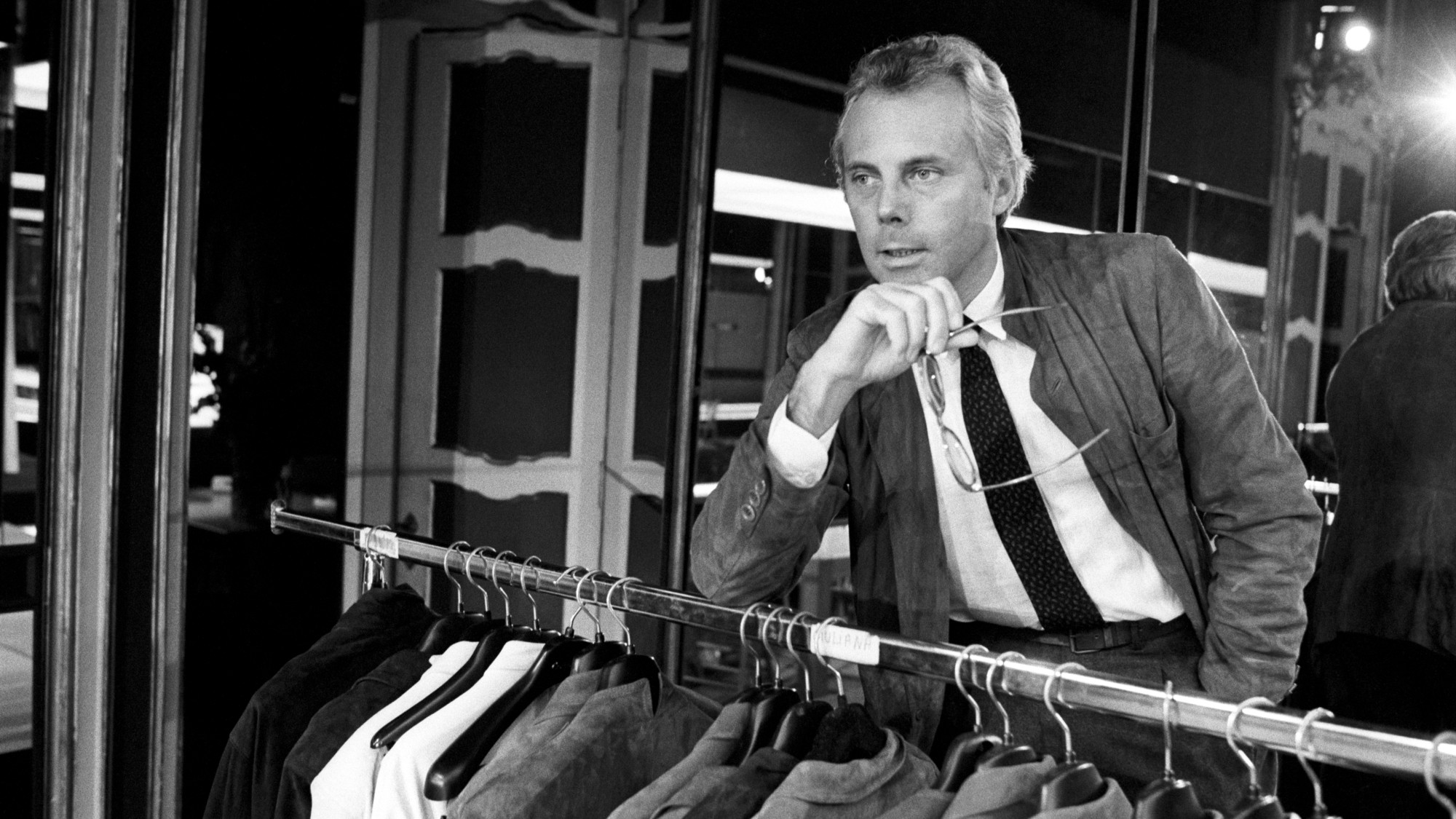 Giorgio Armani obituary: designer revolutionised the business of fashion
Giorgio Armani obituary: designer revolutionised the business of fashionIn the Spotlight ‘King Giorgio’ came from humble beginnings to become a titan of the fashion industry and redefine 20th-century clothing
-
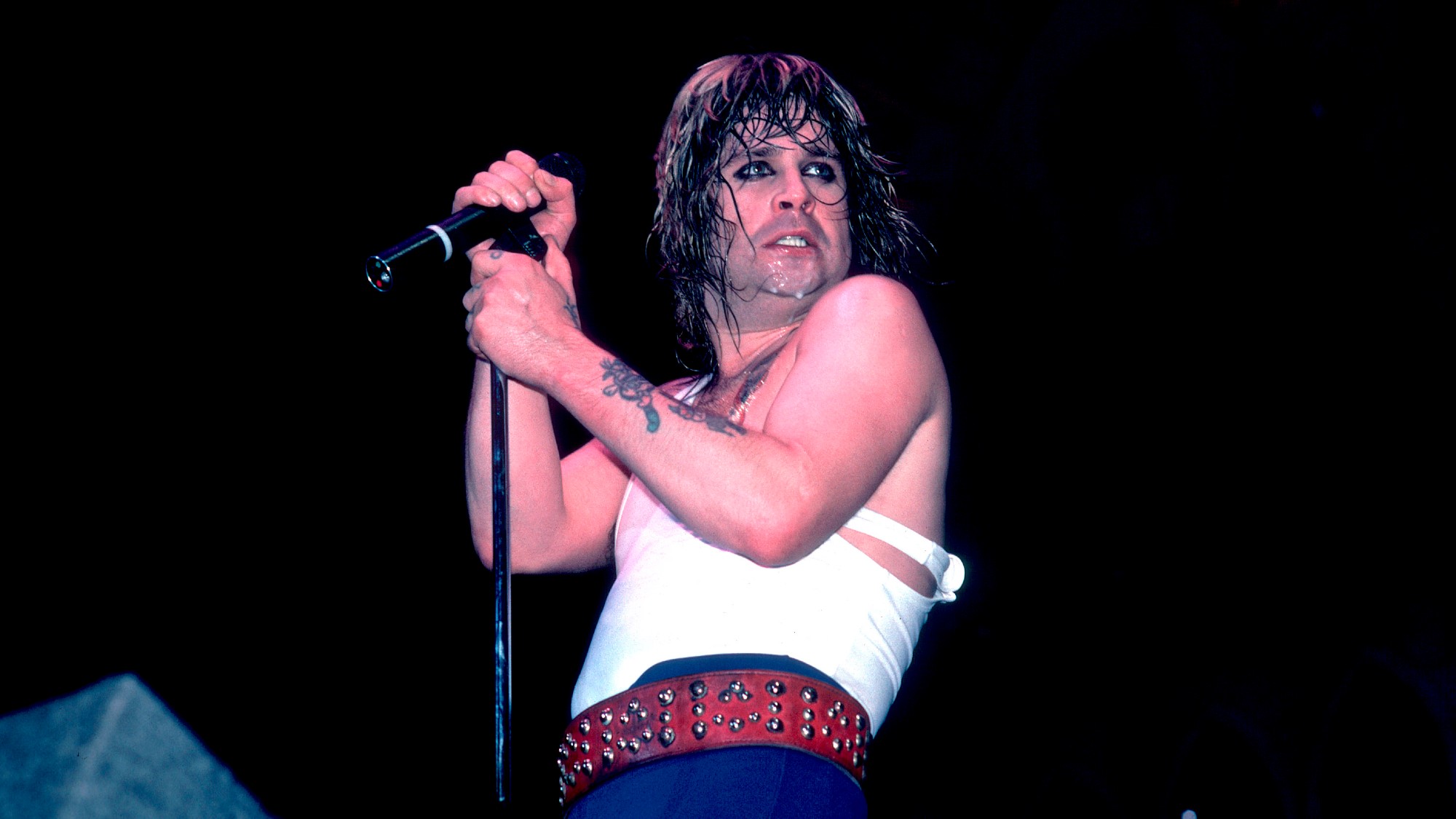 Ozzy Osbourne obituary: heavy metal wildman and lovable reality TV dad
Ozzy Osbourne obituary: heavy metal wildman and lovable reality TV dadIn the Spotlight For Osbourne, metal was 'not the music of hell but rather the music of Earth, not a fantasy but a survival guide'